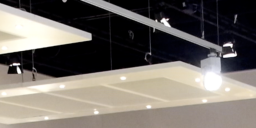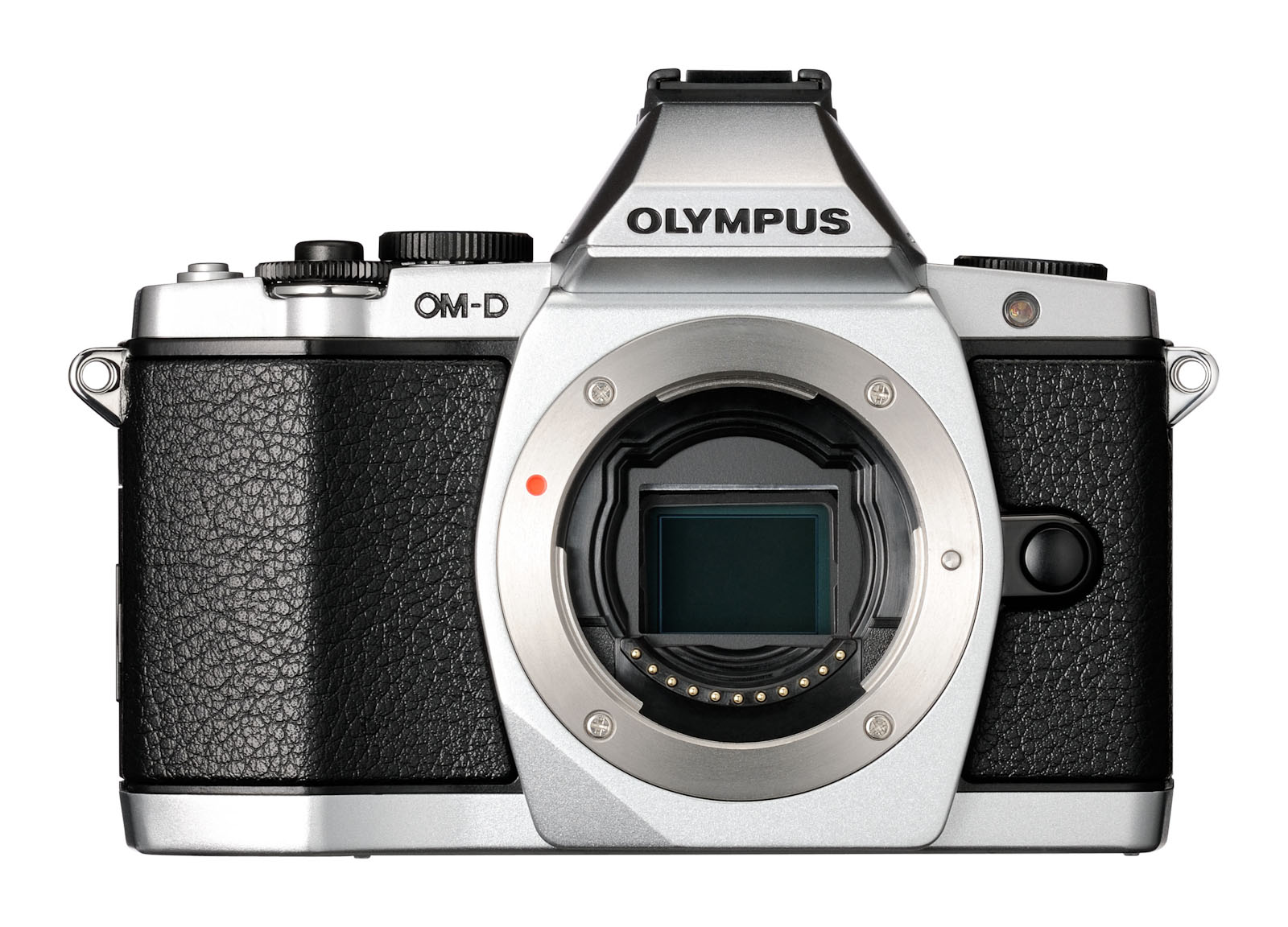
-
Check our interview and other guys interviews, same shit.
It just means that it is Sony sensor. Btw, same error Nikon made and same error US and EU made before. First it looks cool that you can save money. But suddenly you no longer have people, skills and facilities :-)
-
The video of the Interview is online:
On the interview page:
http://www.personal-view.com/photokina/coverage/interview
or here
-
It just means that it is Sony sensor. Btw, same error Nikon made and same error US and EU made before. First it looks cool that you can save money. But suddenly you no longer have people, skills and facilities :-)
Should be written in stone.
-
So we can look at OM-D video quality as a good starting point about the gh3 video. So anyone has done some research before about the OM-D video quality, sharpness, moire, aliasing etc.
-
Good thing to understand about CMOS sensors (especially used in GH series), they usually have part of processing on sensor, including pixel binning. And this part can be really custom made. Plus main LSI are different. Hence any attempts to junge from Olympus camera can be unfounded.
-
Maybe a silly question... How does it presumably works when a company like Pana, Oly, Nikon buy a sensor from another manufacturer? I mean, do Sony have a catalog of products ready to use or they ask to customize a given basic sensor to their needs? The "on sensor" processing part you refer is developed by the client or is made by the sensor owner?
-
I did not work in any of this companies, so can only assume. It can be any of this ways. But with sensor customisation won't be too big, like additional circuits for processing, may be some ADC redesign.
-
Ok, looked at some om-d video. Looks quite good, did not seems to see moire but more pronounce aliasing. I think from the first gh3 videos and some OMD ones they could be close.
-
Just donated some bucks to the Photokina Team... so they can grab a beer.
@TraumManufaktur I'm a bit worried about the aliasing I can see in your short video-sample.
Sometimes I suspect it's a problem of the electronic Distortion Correction of the Panasonic Lenses.
I see similar effects only with my 14mm Pani Lens.
200% Crop of the ceiling near the end of the clip (It's better visible in motion):

 200crop.png1028 x 462 - 414K
200crop.png1028 x 462 - 414K -
Is Philip Bloom under NDA until the GH3 shipping? Or just until the end of Photokina?
At this point would be nice reading his feedback...
-
Anyone else disappointed the Gh3 isn't 4:2:2? Hopefully they'll be a gh3 tools coming.
-
Yes, EVF still limited to 120hz but this has more to do with sensor readout. Latest OLED EVF have much faster refresh rates so no tearing of image when panning, but still only 120hz due to sensor.
-
They said pretty cleanly that there is no 120fps coming, or 4:2:2, anyone else think that they're holding it out for a prosumer level camcorder?
Also, if the sensor readout is 240fps, is there any chance a hack can get us 120? Sorry if ignorant question.
-
Actually Panasonic says GH3 has 240hz for EVF but I believe this is line skipping for continuous AF only. Otherwise drops down to 120hz for more detail/accuracy. This is what E-M5 does.
-
Yeah, that whole stuff about the direction of the camera industry towards connectivity was really interesting. It suddenly makes Samsung more relevant in the camera market. They make everything including their sensors now (unless they switch to Sony too lol).
-
That EOSHD article was very interesting. He asked some really good questions unlike Will Crockett who just babbled on.
One interesting thing I saw was that the Panasonic guy mentioned this in response to a question about multi aspect ratio.
Inoue: This is a priority for imaging quality, our big priority is keeping that image sensor quality.
Could this mean that the oversized sensor could possibly vignette with some lenses? Not necessarily Panasonic lenses but there are 3rd party manufactures coming into play now. Are they worried that they might have to put software corrections in for these other lenses with the oversized sensor?
-
No, it is 10 times more simple, Sony sensor was better, hence they saved money and selected it.
Panasonic approach to sensors had always been extremely conservative.
-
A sony sensor is definitely not bad news y'know. People seem to be under the impression their GH2s will just up and vanish when this starts shipping.
-
So do you think that Sony couldn't or wouldn't create the multi-aspect ratio sensor? Also do you think this is actually the OMD sensor or a variation of it?
-
I'm quoting myself from another forum, but I saw a TON of footage last night in various scenarios...
I just sat and watched a ton of camera clips from the GH3, straight from camera in various situations. Take it or leave it:
Avchd > all-I. At least with this firmware.
The DR has definitely been increased. I don't know by how many stops but it's there.
The color is much much better.
Couldnt spot Bandung no matter how I peeped. Plenty of situations where it would've showed though.
Don't ask me how or why, but it is a ton more flexible in post than any DSLR out there, and I am pretty sure the AF100 and FS100.
Rolling shutter looks improved. Lots of handheld. Still there but looks better.
Noise is tame and smooth. Looks nice.
Detail in avchd looks like gh2 unhacked.
Lowlight is much better. Confident to use it better.
Slow and fast motion looks great. So does 60P.
When PV community gets ahold of firmware it might get nasty. >
-
So do you think that Sony couldn't or wouldn't create the multi-aspect ratio sensor?
Why they'll remake sensor specifically for one camera what won't sell in big numbers?
Also do you think this is actually the OMD sensor or a variation of it?
Can only speculate, I think it must be almost the same. Close.
-
It shure does not look the same to the naked eye. Can be similar, maybe.
Take a look :D
If any one have better resolution GH3 picture maybe we can "compare" how it looks, i know its irrelevant but by this images its shure not "the same" sensor. Same tech, maybe.



 fetch.php.jpg652 x 476 - 48K
fetch.php.jpg652 x 476 - 48K
 omd.jpg1600 x 1152 - 266K
omd.jpg1600 x 1152 - 266K -
When PV community gets ahold of firmware it might get nasty
@kholi YOU BET IT WILL
-
You are right. I am certain that we can tell everything about which sensor was used by looking at a picture of it.
-
The OMD sensor is mounted on the floating IBIS mechanism; the sensor itself looks pretty generic, and in any event the Bayer array and low-pass filter will often be customized.
If someone would take a few black frames instead of random pictures of stuff around the booth, we could tell pretty quickly whether the read noise is as small as the OMD's, which would be the main thing for telling if there's a real improvement in DR.
Howdy, Stranger!
It looks like you're new here. If you want to get involved, click one of these buttons!
Categories
- Topics List23,983
- Blog5,725
- General and News1,353
- Hacks and Patches1,152
- ↳ Top Settings33
- ↳ Beginners255
- ↳ Archives402
- ↳ Hacks News and Development56
- Cameras2,362
- ↳ Panasonic992
- ↳ Canon118
- ↳ Sony156
- ↳ Nikon96
- ↳ Pentax and Samsung70
- ↳ Olympus and Fujifilm100
- ↳ Compacts and Camcorders300
- ↳ Smartphones for video97
- ↳ Pro Video Cameras191
- ↳ BlackMagic and other raw cameras115
- Skill1,960
- ↳ Business and distribution66
- ↳ Preparation, scripts and legal38
- ↳ Art149
- ↳ Import, Convert, Exporting291
- ↳ Editors191
- ↳ Effects and stunts115
- ↳ Color grading197
- ↳ Sound and Music280
- ↳ Lighting96
- ↳ Software and storage tips266
- Gear5,419
- ↳ Filters, Adapters, Matte boxes344
- ↳ Lenses1,582
- ↳ Follow focus and gears93
- ↳ Sound498
- ↳ Lighting gear314
- ↳ Camera movement230
- ↳ Gimbals and copters302
- ↳ Rigs and related stuff273
- ↳ Power solutions83
- ↳ Monitors and viewfinders340
- ↳ Tripods and fluid heads139
- ↳ Storage286
- ↳ Computers and studio gear560
- ↳ VR and 3D248
- Showcase1,859
- Marketplace2,834
- Offtopic1,319







